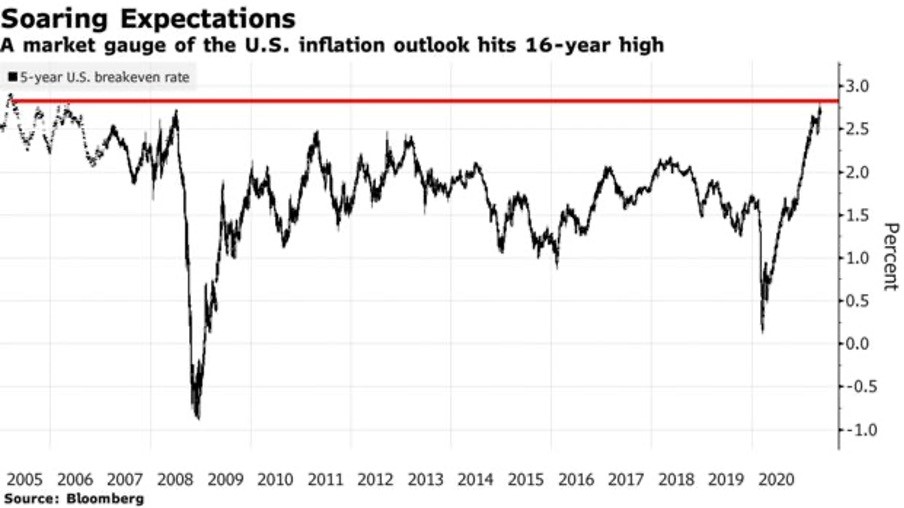Digital currencies have been experiencing extreme price volatility and a massive retracement from their record highs amidst growing concerns for tighter regulations from China and United States.
The global cryptocurrency market’s total value stood above 2.5 trillion dollars at the end of April, before falling below 1.5 trillion dollars following last week’s capitulation.
After setting its all-time high price of 65,000 dollars on April 14, Bitcoin is currently trading just above 35,000 dollars level. Over the past ten days, Bitcoin’s value has fallen more than 50%, and this is the trend currently prevailing all over the digital market.
Similarly, Ethereum, the world’s second largest coin dropped to as low as 2,000 dollars, while popular Dogecoin also witnessed major pressure, breaking below 25 cents at one point.
The sell-off started in mid-May, when Elon Musk halted the purchase of Tesla vehicles with Bitcoin as a form of payment, amid environmental concerns.
Hence, the U.S. Treasury Department said that it would require all cryptocurrency transfer worth 10,000 dollars or more to be reported to the Internal Revenue Service.
However, it was China’s decision to crack down on Bitcoin mining and to ban cryptocurrency transactions that caused the bloodbath in the market, with the price of Bitcoin sliding as much as 30% before recovering.
As Bitcoin crashed, so did shares in crypto-exposed tech companies, with the price of Tesla breaking below 600 dollars, while the shares of crypto exchange Coinbase, have lost more than 40% since its listing on the Nasdaq.










